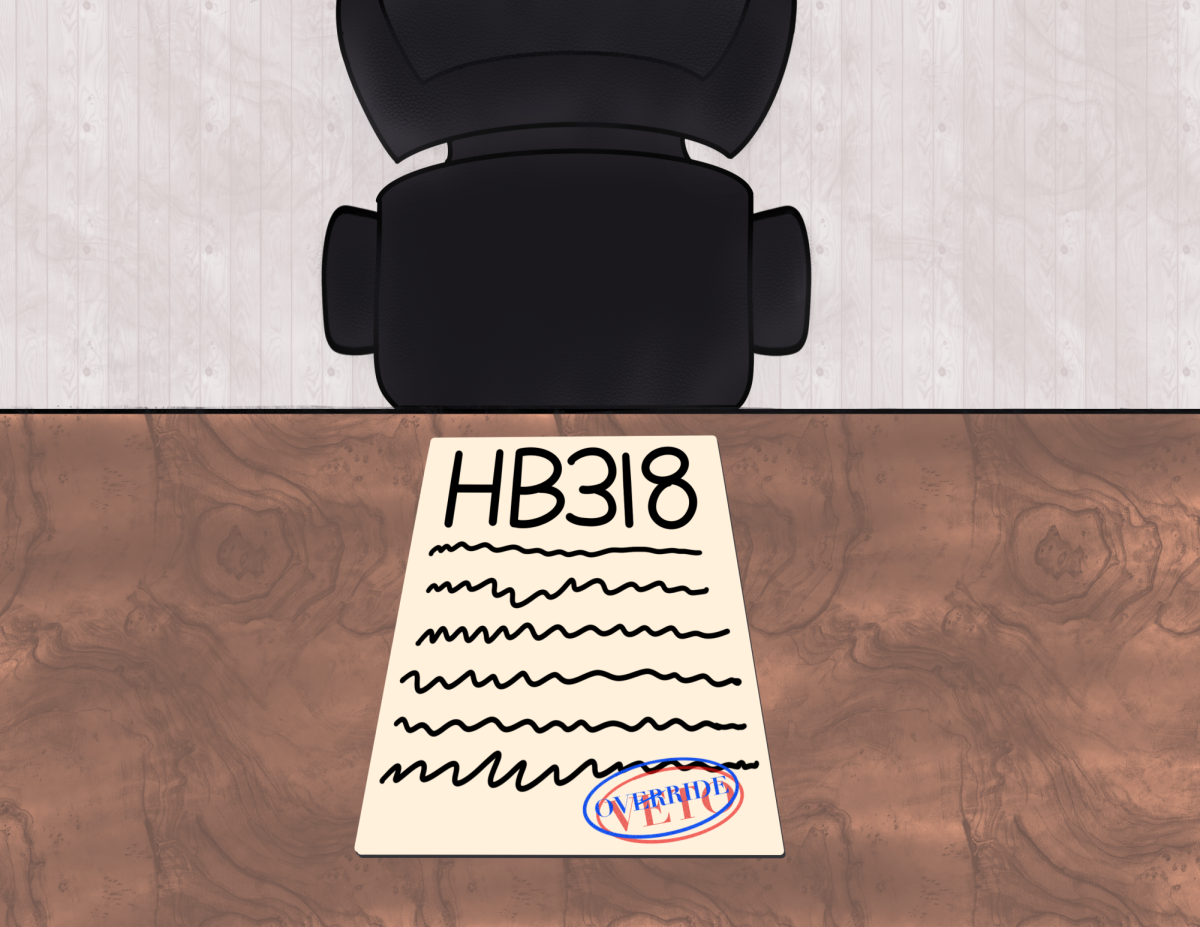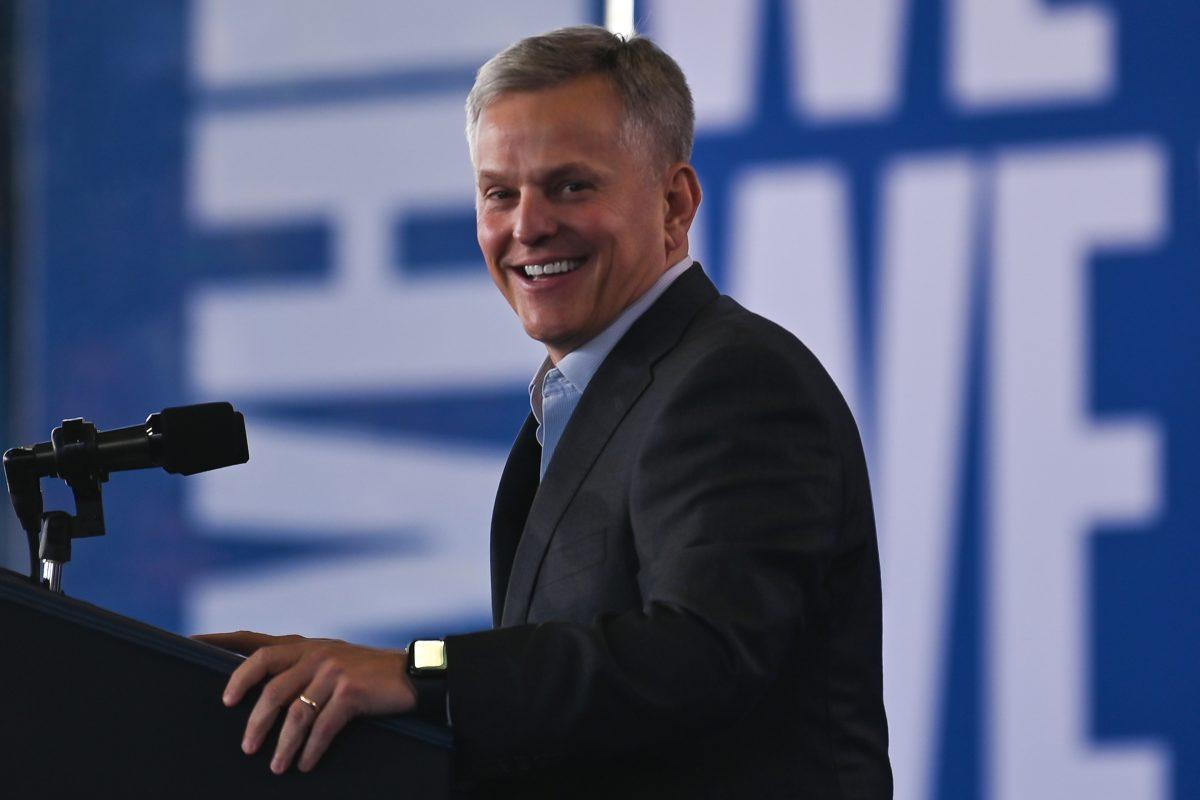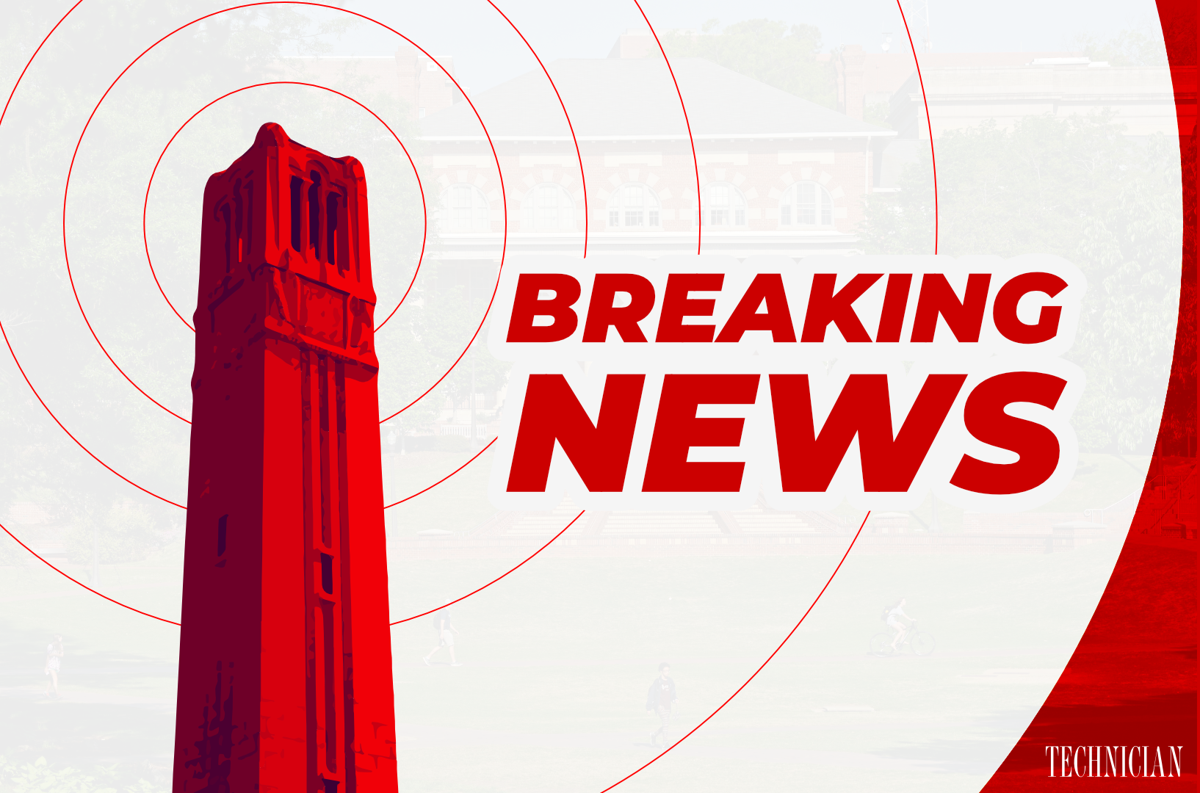Attending a university in the United States was a privilege once granted to only those permitted and able to pay. While college education still isn’t attainable for all Americans, students of all demographics are now permitted and encouraged to attend institutions of higher learning.
Still, historically underrepresented students may find themselves at an impasse: They are more than capable of handling the vigor of a four-year university but unprepared for the change-of-pace a university requires. N.C. State’s Multicultural Student Affairs office has made its mission to guide students through that conflict and to help students to become successful at the university.
Tracey Ray, assistant vice provost for student diversity, has worked with the Multicultural Student Affairs office for more than ten years. She knows firsthand how helpful the MSA can be for students.
“We want to see all our students succeed, and we offer a lot of programs to help them do so,” Ray said.
The Multicultural Student Affairs office was founded in 1982 along with the creation of several smaller programs designed to help African-American students overcome challenges they faced at the university.
In 1983, the University hosted its first African-American symposium—a program that serves as a sort of supplemental orientation session that deals with nuances typically not covered at the university’s regular orientation sessions.
“They eventually decided that all these services they created really needed a proper home,” Ray explained.
After having some success, the African-American Student Affairs office was created. The office opened its doors to students in 1984.
According to Ray, the office was created mainly in response to concerns about retention and graduation rates in the University’s African-American population.
The Multicultural Student Affairs office, as it stands today, is made up of three units: African-American Student Affairs, Hispanic Student Affairs and Native American Student affairs.
In 2001 the other two groups were started to address concerns about recruitment, retention and graduation among underrepresented groups on campus. According to Ray, North Carolina showed a 300% growth in the Latino population between the 2000 and 2010 censuses.
According to the office, before the Native American Affairs office opened its doors, there was a 16-20 percent difference in retention of Native American students versus the rest of the population.
“[The University] gets applications from first-generation Americans, first-generation college students—students who need more guidance than what’s usually offered,” Ray said. “We knew the dynamics [of N.C. State’s student population] would change, and we wanted to be proactive about it.”
Multicultural Student Affairs also works with other departments and colleges to offer programs specific to students’ majors.
While the office may be geared toward certain demographics, any currently-enrolled N.C. State student can access the various programs and services offered by Multicultural Student Affairs.




